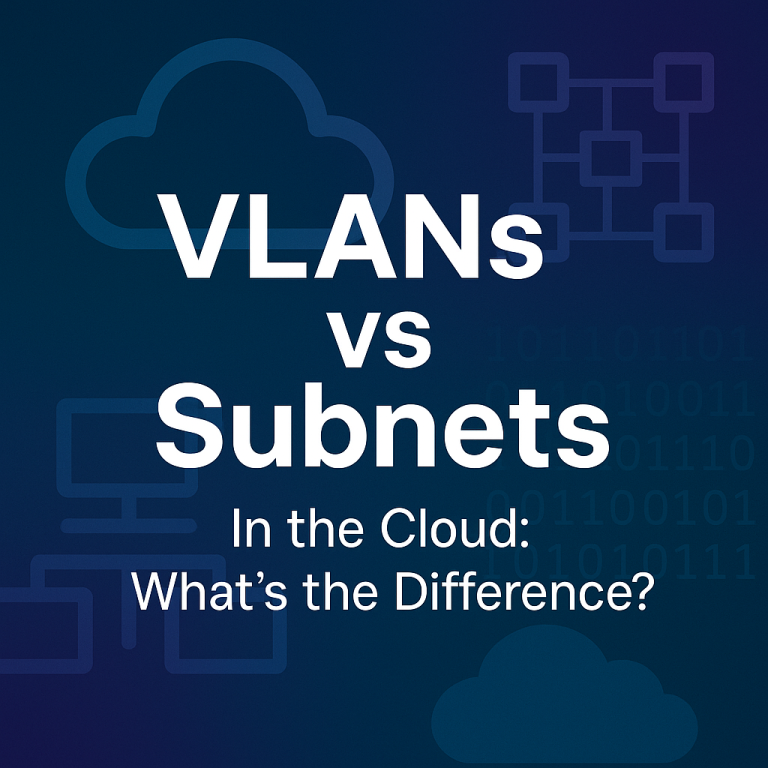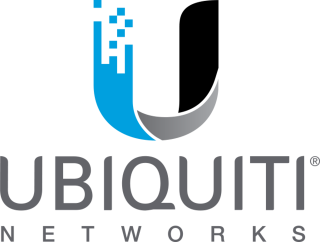Azure Key Vault is one of the most critical components in cloud security. It helps protect secrets, certificates, and keys for apps, services, and administrators alike. However, one of the most common and frustrating issues with Key Vault is encountering an “Access Denied” message when trying to retrieve or manage secrets.
Whether you’re a developer working on a CI pipeline, a cloud admin trying to deploy an app, or a service principal attempting to read a certificate, this issue can block progress and create confusion. In this post, we’ll walk through the most common causes of Key Vault permission errors and how to fix them.
Common Scenarios Where “Access Denied” Occurs
1. A Developer or User Cannot Access a Secret
You try to pull a secret from the vault using a script or portal but get a permissions error.
2. An Azure Resource Cannot Retrieve a Key
A managed identity or application fails to authenticate to the vault.
3. A Pipeline or Automation Fails Mid-Step
CI/CD tools using service principals or managed identities encounter restricted access.
4. Admins Are Blocked from Viewing Vault Settings
Even users with Owner access on the subscription may see access errors if permissions are not aligned.
Understanding the Two Access Models
There are two permission models for Azure Key Vault, and confusion between them is one of the top root causes of denied access:
Access Policy model
Permissions are granted directly within the Key Vault resource. This model is still widely used, especially in older deployments.
Azure RBAC model
Permissions are assigned through Azure role assignments at the vault, resource group, or subscription level. This model is more integrated with the broader Azure identity structure.
Key point: You cannot use both models at once. If your vault is set to use Azure RBAC, Access Policies are completely ignored.
How to Troubleshoot the Error
Step 1: Confirm the Access Model
- Open the Azure portal
- Navigate to your Key Vault
- Select “Settings,” then “Access Configuration”
- Check if the vault is using Azure Role Based Access Control or Vault Access Policy
Step 2: Check Identity Type
Are you using:
- A user account?
- A system-assigned managed identity?
- A user-assigned managed identity?
- A service principal with a client ID?
Confirm which identity the request is coming from. The identity type determines how permissions are evaluated.
Step 3: Validate Permissions
For Vault Access Policy:
- Go to “Access Policies” in the vault
- Confirm the correct principal is listed
- Ensure the needed permissions are granted (secrets, keys, certificates)
For Azure RBAC:
- Navigate to “Access Control” for the vault
- Confirm a valid role is assigned (e.g. Key Vault Secrets User, Key Vault Administrator)
- Ensure the assignment is not at the wrong scope (like the wrong resource group)
Step 4: Check Resource Lock or Network Rules
Sometimes, access may be blocked due to:
- Firewall rules restricting IP or subnet access
- Private endpoints being misconfigured
- Resource locks preventing modification of policies
Validate the vault’s networking tab to ensure the calling entity is allowed.
Tools That Help
- Azure Activity Log: Shows who tried to do what, when, and whether it was permitted
- Azure Monitor Logs: If integrated, provides fine-grained diagnostic data
- “Check Access” Tool: Found in the portal under Access Control (IAM) to simulate permission checks for specific identities
Best Practices to Avoid Future Errors
- Use Azure RBAC for centralized and scalable permission management
- Avoid mixing both models across environments
- Assign least privilege roles at the right scope
- Audit access regularly using Azure Policy or Defender for Cloud
- Rotate and document service principals and identity permissions
When to Bring in Help
If access problems persist across environments, or if you are planning to automate key management at scale, it may be time to bring in an expert. At Exodata, we help organizations implement secure and well governed Key Vault environments as part of broader Azure identity and cloud security strategies.
Let us know if your team needs help untangling Azure permissions or building a hardened key management foundation.










